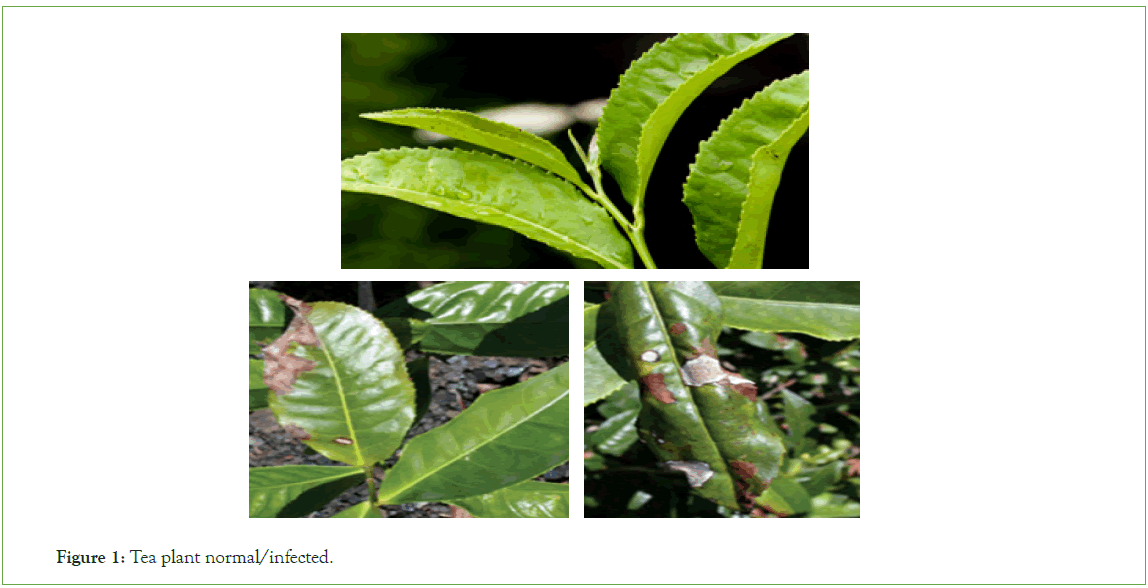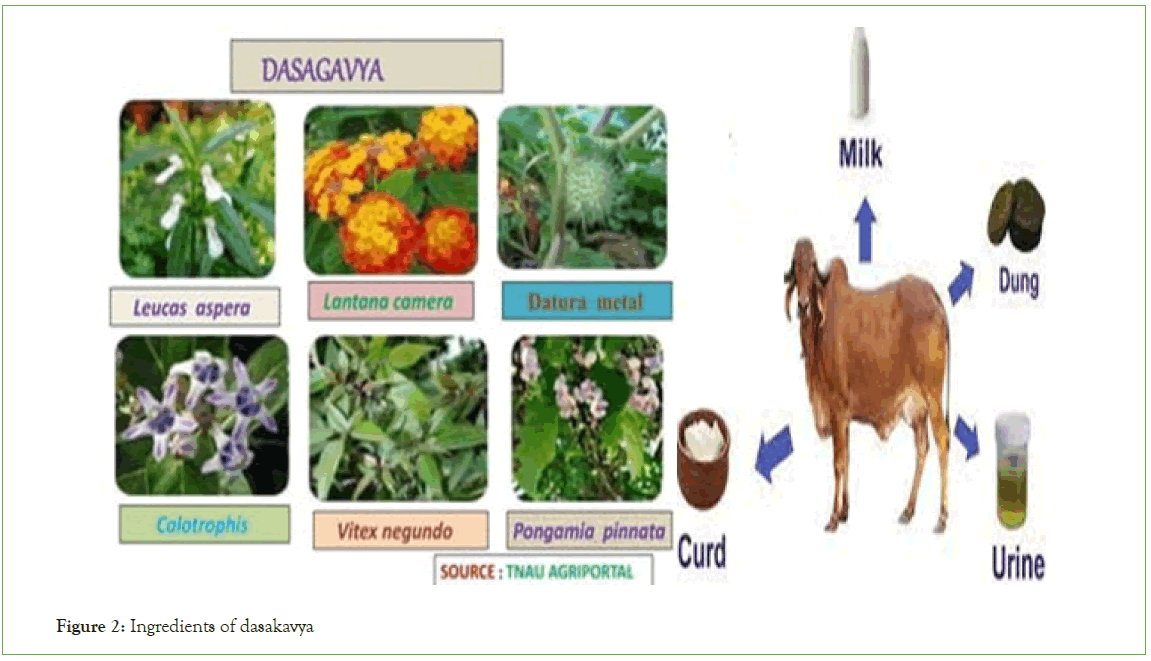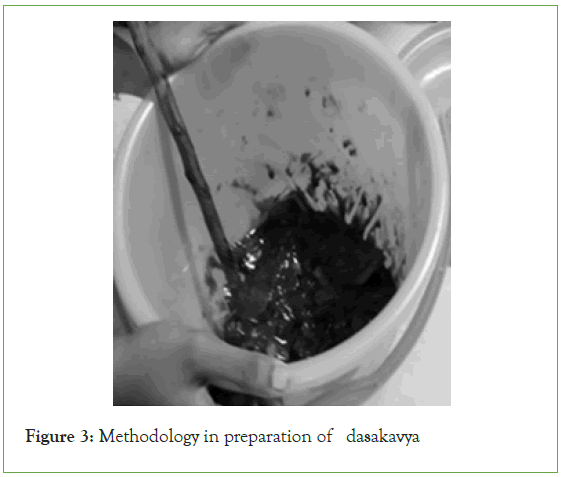Indexed In
- Open J Gate
- Genamics JournalSeek
- Academic Keys
- JournalTOCs
- CiteFactor
- Ulrich's Periodicals Directory
- Access to Global Online Research in Agriculture (AGORA)
- Electronic Journals Library
- Centre for Agriculture and Biosciences International (CABI)
- RefSeek
- Directory of Research Journal Indexing (DRJI)
- Hamdard University
- EBSCO A-Z
- OCLC- WorldCat
- Scholarsteer
- SWB online catalog
- Virtual Library of Biology (vifabio)
- Publons
- Geneva Foundation for Medical Education and Research
- Euro Pub
- Google Scholar
Useful Links
Share This Page
Journal Flyer

Open Access Journals
- Agri and Aquaculture
- Biochemistry
- Bioinformatics & Systems Biology
- Business & Management
- Chemistry
- Clinical Sciences
- Engineering
- Food & Nutrition
- General Science
- Genetics & Molecular Biology
- Immunology & Microbiology
- Medical Sciences
- Neuroscience & Psychology
- Nursing & Health Care
- Pharmaceutical Sciences
Short Communication - (2023) Volume 14, Issue 4
Biocontrol of Dasagavya on Tea (Camellia sinensis) Plant
Raja Rajan*Received: 31-May-2023, Manuscript No. JPPM-23-21574; Editor assigned: 05-Jun-2023, Pre QC No. JPPM-23-21574 (PQ); Reviewed: 19-Jun-2023, QC No. JPPM-23-21574; Revised: 26-Jul-2023, Manuscript No. JPPM-23-21574 (R); Published: 03-Jul-2023, DOI: 10.35248/2157-7471.23.14.681
Abstract
Brown blight is a plant disease affecting tea plant. The primary symptom being yellowing of the leaf later turn brown or gray, concentric rings and eventually the dried tissue falls, leading to defoliation. Leaves of any age can be affected. Currently only chemical control of the fungi is possible A Spray of Copper Oxy Chloride or Bordeaux mixture 0.3% during winter season and summer season controls to an extent. Dasagavya 0.3%, is an organic preparation.Serial dilutions of the Tonic ranging from1μl, 10μl, 100μl to 1000μl were applied to the host plant Camellia sinensis (tea). The promising levels being 100 μl.dasagavya was applied as a liquid foliar spray.
Keywords
Antifungal, Camellia, Dasakavya, Tea
Introduction
Organic farming is an agricultural system that uses fertilizers of organic origin such as compost manure, green manure .Medicinal plants have been the basis of treatment of various plant diseases in Indian. The concepts of organic agriculture were developed in the early 1900s by Sir Albert Howard, F.H. King and Rudolf Steiner who believed that the use of animal manures (often made into compost), cover crops, crop rotation, and biologically based pest controls resulted in a better farming system. Howard, having worked in India as an agricultural researcher, gained much inspiration from the traditional and sustainable farming practices he encountered there and advocated for their adoption in the West [1].
Tea (Camellia sinensis [L.] O. Kuntze) is a dicotyledonous plant belonging to the family Theaceae. The tea plant grows up to 15 m tall under natural conditions but is maintained at waist height (1.0 to 1.5 m) in commercial plantations [2]. Worldwide, tea is served each day. It is the most consumed drink other than water.
Many pests and diseases affect the growth of cultivated tea. Fungi are the main group of pathogens that cause diseases in tea plants. Tea plantations infected with fungal diseases may face losses in yield and quality. Fungal pathogens are associated with all parts of the tea plant, including foliage, stem, and roots. Most common being brown blight in tea. Small, oval, pale yellow-green spots first appear on young leaves on maturity turn brown scattered, tiny black dots become visible and eventually the dried tissue falls, leading to defoliation [3].
This calls for caution in the use of medicinal plants of which the use is presently on the increase due to easy availability, affordability, accessibility, and promising efficacy comparable to other sources from flowers and other parts of the plant.
Materials and Methods
Preparation of dasagavya
Dasagavya, is an organic preparation made from ten plant extracts. “Gavya” is to cow’s products comprising of cow dung, cow urine, cow’s milk, curd and ghee, which have miraculous effects on plant growth when suitably mixed. The plants recommended for the tropical areas are lantana; tumbai (Leucas); erukam (Calotrophis);notchi (Vitex negundo); umathai (Datura metel) and pungam (Pongamia pinnata). Since management of these can be made best use of in agriculture, as effective agents against certain pests and diseases.
The plant extracts are prepared by separately soaking the foliage in cow urine in 1:1 ratio (1 kg chopped leaves in 1 litre cow urine) for ten days. The filtered extracts of all the plants are then added @ 1 litre each to 5 litre of the milk, dung and curd solution. The mixture is kept for 25 days and stirred well. (Figure 1) (TNAU Agripotal).

Figure 1: Tea plant normal/infected.
Extract preparation
Dasagavya 0.3% was stirred with the solvent water, 2:1 v/v and applied as a Foliar spray. Various concentrations such as 1 µg/L, 10 µg/L, 100 µg/L, 1000 µg/L with the stock solution.
Experimental plant tea
A shrub with height up to 9 metres although for cultivation purposes they are pruned to about 1-2 metre ,with bright green, shiny leaves with white, scented flowers in clusters of two to four. The fruits of the tea plant are brownish-green and contain one to four spherical or flattened seeds (Figures 2 and 3).

Figure 2: Ingredients of dasakavya

Figure 3: Methodology in preparation of dasakavya
Results and Discussion
The Foliar spray of Dasagavya at time intervals of 24 hours and, 48 hoursshowed effective results. The results are shown in Table 1. A positive control or commonly used one being Bordeaux mixture 0.3% was compared. The Dasagavya is recommended as foliar spray at 0.3 % concentration. In addition to this soaking of seeds or dipping the roots of seedlings in 3 % solution of dasagavya for 20 minutes before planting enhances seed germination and root development [4].
| Serial number | Name of the antifungal agent | Concentration of the foliar spray µL | Time interval hours |
Efficacy% | |
|---|---|---|---|---|---|
| 1 | Dasakavya 0. 3% | 1 | 24 | 85% | |
| 10 | 24 | 86% | |||
| 100 | 24 | 94% | |||
| 1000 | 24 | 95% | |||
| 1 | 48 | 65% | |||
| 10 | 48 | 87% | |||
| 100 | 48 | 98% | |||
| 1000 | 48 | 98% | |||
| 2 | Bordeaux mixture 0.3% | 1 | 24 | 88% | |
| 10 | 24 | 92% | |||
| 100 | 24 | 94% | |||
| 1000 | 24 | 96% | |||
| 1 | 48 | 74% | |||
| 10 | 48 | 88% | |||
| 100 | 48 | 95% | |||
| 1000 | 48 | 98% | |||
Table 1: Efficacy of dasakavya on brown blight.
The data obtained confirmed the manurial potential of dasagavya which could restore the fertility of the soil deteriorated by chemical fertilizers and control the fungus growth [5]. A future prospect of DNA fingerprinting is to be done to confirm the results.
Conclusion
The study explored the efficacy of Dasagavya, an organic preparation derived from ten plant extracts and cow products, as an antifungal foliar spray for combating brown blight in tea plants. The results demonstrated that Dasagavya, at a concentration of 0.3%, showed promising antifungal effects, comparable to the commonly used Bordeaux mixture 0.3%. Furthermore, the organic spray also exhibited potential as a soil restorative agent, offering a sustainable alternative to chemical fertilizers. These findings highlight the importance of exploring organic solutions in agriculture and point towards the potential of Dasagavya in improving tea plant health and yield while reducing the reliance on chemical controls. Future research, including DNA fingerprinting, will further validate and enhance the understanding of Dasagavya's antifungal properties and its impact on tea plant health.
References
- Ramesh P, Singh M, Rao AS. Organic farming: Its relevance to the Indian context. Curr Sci. 2005;88(4):561-568.
- Ram AA. Panchagavya is a bio–fertilizer in organic farming. Int J Adv Sci Res. 2017;2(5):54-57. [Google Scholar]
- Pandey AK, Sinniah GD, Babu A, Tanti A. How the global tea industry copes with fungal diseases–challenges and opportunities. Plant Disease. 2021;105(7):1868-1879.
[Crossref] [Google Scholar] [PubMed]
- Akbar A, Ali GS, Pearson BJ, Hamid FS, Sumreen S. Screening Camelia sinensis germplasm against grey leaf blight of tea. J Agric Stud. 2017;5:123-135.
- Pandey AK, Sinniah GD, Babu A, Tanti A. How the global tea industry copes with fungal diseases–challenges and opportunities. Plant Disease. 2021;105(7):1868-1879.
[Crossref] [Google Scholar] [PubMed]
Citation: Rajan R (2023) Biocontrol of Dasagavya on Tea (Camellia sinensis) Plant. J Plant Pathol Microbiol. 14:681.
Copyright: © 2023 Rajan R. This is an open-access article distributed under the terms of the Creative Commons Attribution License, which permits unrestricted use, distribution, and reproduction in any medium, provided the original author and source are credited.

